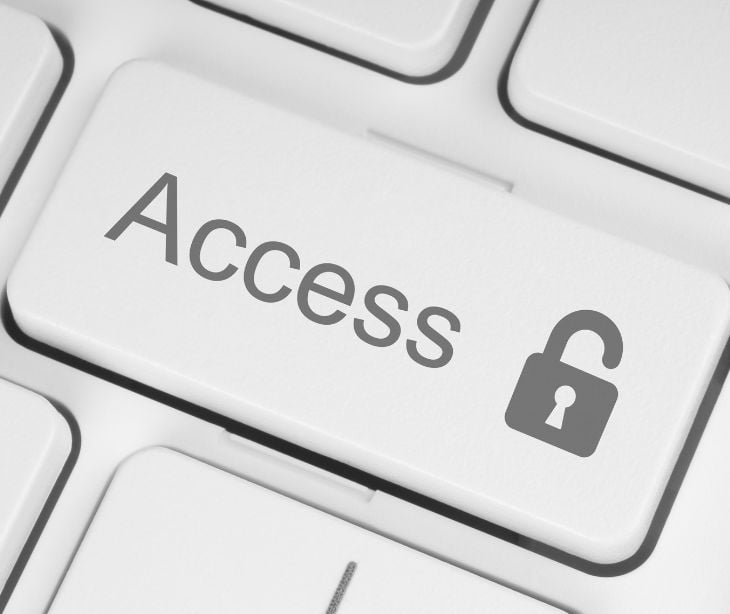2 min read
Intergrating Identity and Access Management strategies in healthcare
Kirsten Peremore
September 11, 2023

Identity and Access Management (IAM) strategies ensure the confidentiality, integrity, and availability of electronic protected health information (ePHI) by allowing for limited access to sensitive data within healthcare organizations.
What is Identity and Access Management (IAM)?
Identity and Access Management (IAM) is a comprehensive system used in many industries to ensure that the right individuals, including employees, vendors, contractors, and subcontractors, have the appropriate access to digital resources and data needed for their specific roles and responsibilities while preventing unauthorized access at all times. IAM involves processes and technologies that establish and verify the identities of users and devices, authenticate them to prove their identity, authorize them to perform specific actions or access data based on their job roles, and continuously monitor and log their activities for security and compliance purposes.
Understanding technical safeguards
Technical safeguards are the security measures that protect ePHI and control access to it. These act as a central part of HIPAA's Security Rule because they help to protect ePHI from unauthorized access, alteration, or destruction.
IAM strategies are an integral component of these technical safeguards, as they help manage and authenticate the identities of individuals or entities trying to access ePHI. This not only enhances the security of ePHI but also helps healthcare providers meet their compliance requirements under HIPAA. These strategies contribute to a layered defense approach, ensuring that ePHI remains protected from potential security threats, unauthorized access, and data breaches.
See also: A deep dive into HIPAA's technical safeguards
How does this apply in healthcare?
In healthcare, IAM is especially necessary due to the sensitive and highly regulated nature of patient data. IAM ensures that healthcare organizations can effectively manage and secure access to digital resources and patient information. This is vital for protecting patient privacy, complying with healthcare regulations like HIPAA, and safeguarding against cyber threats that target valuable healthcare data.
Healthcare IAM involves:
- Verifying the identities of individuals and devices.
- Ensuring they have the right level of access based on their roles.
- Continuously monitoring and logging activities to detect and prevent unauthorized access or data breaches.
With the growing reliance on technology in healthcare and the increasing frequency of cyberattacks, IAM is a fundamental component of healthcare cybersecurity.
How to effectively implement an IAM strategy
- Policy development: Develop a comprehensive IAM policy that defines who has access to systems and data, the authority to alter IT systems, and procedures for onboarding and offboarding employees, vendors, and applications.
- Identity management: Establish robust processes for verifying and managing the digital identities of all users, devices, and applications within your healthcare organization.
- Access management: Implement authentication mechanisms, including multi-factor authentication (MFA), to ensure secure access to systems and data. Utilize Role-Based Access Control (RBAC) to align access privileges with job functions, following the principle of least privilege.
- Access governance: Establish clear procedures for assigning, managing, and revoking access rights based on job roles and responsibilities. Make sure to maintain a central user repository to ensure consistent access policies across the organization.
- Logging and monitoring: Generate and regularly review access logs and system activity to promptly identify unauthorized access and anomalous behavior. Another consideration is setting up automated alerts for suspicious activities and access attempts.
- Vendor access management: Carefully manage and monitor vendor access to your systems and data, applying the same access control principles as for employees.
- Password Policies: Enforce robust password policies and consider implementing a password manager to enhance password security. This includes passwords for any organization's communication channels, such as HIPAA compliant email services.
See also: The HIPAA security rule and physical access controls
Subscribe to Paubox Weekly
Every Friday we'll bring you the most important news from Paubox. Our aim is to make you smarter, faster.



